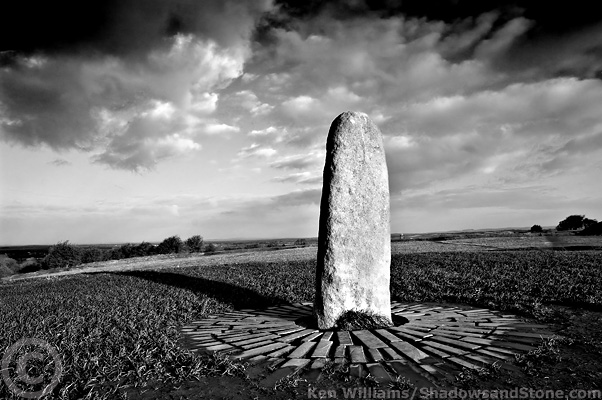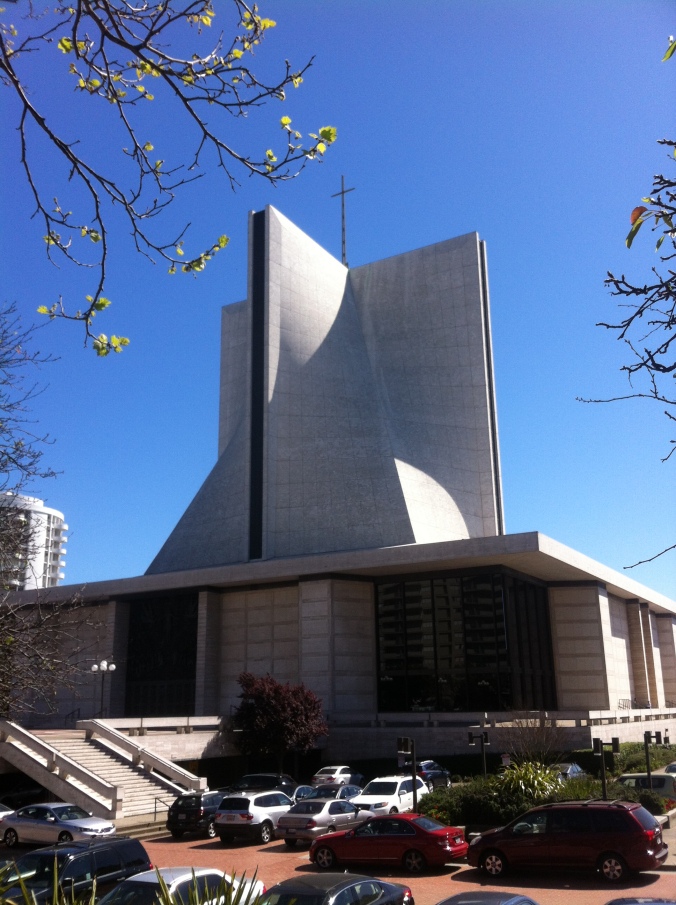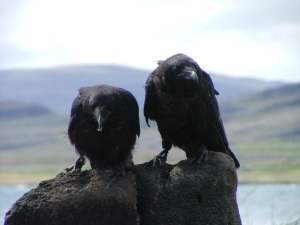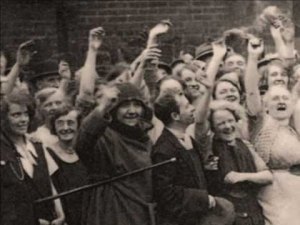
“Pushing through the market square, so many mothers sighing
News had just come over, we had five years left to cry in
News guy wept and told us, earth was really dying
Cried so much his face was wet, then I knew he was not lying”– David Bowie
It’s been almost five years since I wrote a blog post encouraging people to reconnect with and serve their communities. In it I discussed my calling and decision to serve my local community by attending demonstrations and protests and providing medical aid to the demonstrators and then described the contents of my medical bag that I take with me out into the streets. I re-read that post recently and was really struck by how much has changed since I wrote it. Fascism and violence against marginalized people has always been part of the makeup of the American People. Let’s take a step away from the “Greatest Nation on Earth” and “Land of the Free” nonsense for a moment and look at our history from a realistic perspective. The United States is at its core a colonial power. Our place in the world rose on the bloody backs of the trans-Atlantic slave trade, was stolen from the Native People of this continent, and was solidified by economic and political manipulation of foreign nations and Indigenous Peoples. We have a real issue with racism and xenophobia in the US and even with all of the progress that we have made in civil rights and equal justice, we have always had a core of rot that was just under the surface.
Now we have made a drastic shift in how we want to see ourselves. We have watched a demagogue take the highest seat of power in the country by appealing to the worst natures of the American People. As a result of that, every vile impulse and disgusting attitude has risen to the surface like the scum on a polluted pond. We now have open racists, fascists, and misogynists coming out of the woodwork, attacking and murdering people in the street, and even running for political offices. Monstrous attitudes that would normally have been hidden from any decent society have now become a path to power. As a result, things have gotten infinitely worse in most people’s day to day life and actions in the streets have gone from protecting demonstrators from an overzealous, militarized police force to defending communities from gangs of armed fascist thugs that are protected and emboldened by an overzealous and militarized police force.
Throughout this deterioration of the ideals that America once payed lip service to, I have continued to go out into the streets and provide medical aid to people in need, and from my perspective things have gotten immeasurably worse and considerably more dangerous for everyone out there. As the situations on the ground changed, my training, tactics, and equipment have changed. I now have a more extensive training, an expanded network of collaborators, and more comprehensive and complete medical kit. When I first started this work, it was in response to accidentally coming across a peaceful Black Lives Matter demonstration that was brutally kettled (cornered) and attacked by Bay Area law enforcement then illegally tear gassed, pepper sprayed and indiscriminately beaten. I immediately want back to my house, grabbed whatever supplies I had on hand and headed out into to street to help whoever I could. Over the next week, what is now known as the “Week of Hell”, I went out every night to help the demonstrators and confront the police. I learned quite a lot in a very short period of time and my tactics and equipment changed over that week, constantly addressing new information and learning and adjusting to changing police tactics. A short time after that week, I wrote my blog post “Packing for Civil Unrest”
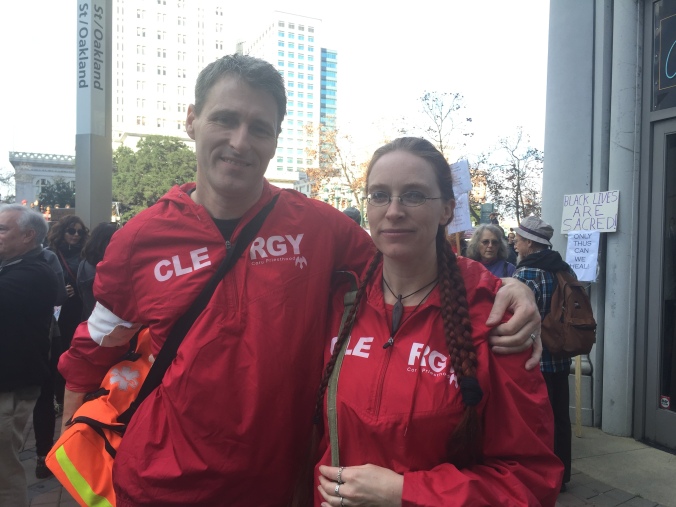 As it did over that week, much has changed over the past few years. Demonstrations have become more violent and dangerous and people are being murdered on the streets and on public transportation by members of the far right. Basic first aid and medical training has become essential for anyone who wants to be an asset to their community in a crisis. My medical bag has gotten much bigger and now contains items that I hope I never have to use but I would feel unprepared if I didn’t have them. My skill set has expanded from basic first aid to tactics, treating knife and gunshot wounds and disaster psychology, and I’ve gone from treating cuts and scrapes and washing tear gas and pepper spray out of peoples eyes to dealing with serious wounds while dodging projectiles and explosives. Things are not getting better and it looks like they wont be for a while.
As it did over that week, much has changed over the past few years. Demonstrations have become more violent and dangerous and people are being murdered on the streets and on public transportation by members of the far right. Basic first aid and medical training has become essential for anyone who wants to be an asset to their community in a crisis. My medical bag has gotten much bigger and now contains items that I hope I never have to use but I would feel unprepared if I didn’t have them. My skill set has expanded from basic first aid to tactics, treating knife and gunshot wounds and disaster psychology, and I’ve gone from treating cuts and scrapes and washing tear gas and pepper spray out of peoples eyes to dealing with serious wounds while dodging projectiles and explosives. Things are not getting better and it looks like they wont be for a while.
To that end, I’ve decided to revisit some of earlier posts and expand on them. I’m planning on breaking this up into a few different posts, each one going deeper into one topic and set of guidelines. For this post I’m going to go over the medical kit that I presently use and go over some of the items in detail. In future posts I will go into tactics, philosophical considerations, and situational awareness.
Having a decent medical kit and learning how to use it is one of those skills that even if you never go to a protest or demonstration, you are likely to use. We live in uncertain times and the possibility of civil unrest, random violence, or natural disaster is higher than its ever been. Having the skills you need to be effective and able to help others in dangerous situations is essential for a community’s survival. By acquiring this equipment and the training to use it properly creates a situation where you not only become someone who can be helpful in a dangerous situation, but it also means that you are less likely to be one of the people who will need aid and therefore require other people’s time and resources. Knowing these skills means that you, your family, and your community are going to be safer when there is danger.

First Aid:
Medical Bag: You are looking for a bag that is not only big enough to carry all of your supplies, but one that is also clearly identifiable as medical bag. You also have to take into account your role in the field and the amount of gear you will be carrying. If you are just carrying medical gear, you can usually keep everything that you need in a basic shoulder carried medical bag. If you are in a more dangerous environment and are carrying tactical gear, then I suggest a larger backpack style bag that can carry all of your gear to avoid having to carry two bags. Mark your bag with a clearly visible red cross. People that are in need of a medic will be searching for that.
Nitrile gloves: You should be wearing fresh gloves during every contact that you make in the field. You will go through a lot of gloves in a typical action. Have a couple of dozen in a sealable plastic bag that you can get to quickly.
Alcohol or povidone iodine wipes: perfect item for sanitation, cleaning and sterilizing an area during a first aid event. These wipes can be used on hands, skin as well as injection sites to sanitize the area.
Butterfly Sutures: used to close small wounds. They are applied across the laceration in a manner which pulls the skin on either side of the wound together
Bandage Shears: Safe shears for cutting bandages, clothes, or anything else. Keep these in a easily accessible location.
Bandaids: While it’s not explicitly necessary to carry any band-aids at all (as injuries which can be treated with a band-aid are not really necessary to treat in the first place), it can be helpful to have a couple on hand in case a child suffers from a small scrape or cut.
Self Adhering Bandages: Works better than tape to keep gauze on or protect wounds in a dangerous situation.
Gauze: Gauze tend to take up a lot of space in your bag, but its better to have too much than it is to run out when you need it. I like to but all of my different types of gauze together into a gallon sized ziplock bag to prevent it from overwhelming your bag . Some useful sizes to carry include 2″x2″, 3″x3″, 4″x4″, rolled gauze, and if possible, a sealed compression dressing or two for extreme cases.
Israeli Pressure Bandages: While the technical name is The Emergency Bandage, it’s a bit of a misnomer, as the Israeli is really a pressure dressing. It combines a sterile dressing, elastic bandage and pressure applicator capable of exerting up to 30 lbs. of pressure on a wound. The closure bar, which secures the bandage at the end of wrapping, can also be used to exert additional pressure. The Israeli is truly a multi-purpose bandage and can be used as a makeshift tourniquet, ACE Wrap, or even a sling to immobilize an appendage. It’s truly a versatile item to include in your trauma kit or first aid kit. It can also be self-applied, even one-handed.
Quick Clot Packs: Quickclot is a gauze impregnated with a hemostatic clotting agent like Kaolin.Use QuikClot in a flash if blood is pouring, and direct pressure or pressure on pulse points wasn’t going to stop the bleeding, and using QuikClot was the only thing I knew to do to save a life—like if a femoral artery were cut so close to the groin a tourniquet wasn’t feasible. Or if I were facing a gusher on the neck and pressure wasn’t helping. I’d try it on a badly bleeding chest or abdominal wound if I couldn’t do anything else, even though I know if the QuikClot doesn’t come in contact with the bleeding blood vessel, it’s not going to help.
Instant Cold Packs: Cold packs can be useful for treating everything from heat stroke/exhaustion to sprains, fractures,, dislocations and bruises .
Burn Dressings: Somewhat expensive, but worth carrying a few of these in case someone comes into contact with something very hot (like a projectile fired by police, or fire).
Ace Bandages Very helpful for immobilizing injured joints and can also be used with a SAM splint.
SAM Splint: Lightweight flexible splint that can be stiffened by folding it and used to splint broken bones and sprains.
Triangular Bandage: A triangular bandage can be folded in the shape of a rectangle. It can be placed over a large wound to absorb blood and stop bleeding, functioning as a trauma pad. Two triangular bandages can be used together to treat a wound. One can be used like a trauma pad to control bleeding, and another can be used to wrap the wound. It can hold the trauma pad in place if first aid tape is not available. A triangular bandage can also be used to treat a wound on the forehead or the top of the head. It should not cover the eyes, nose, or mouth.
Portable Gurney: Lightweight foldable gurney used for moving patients out of dangerous areas quickly.
Tweezers: Helpful for removing small objects and pieces of glass from wounds
Small Flashlight or Headlamp: Essential if you are working at night
Comfort Aid:
Water: Bring enough for yourself and others.
Sunscreen: Sunburn can be a serious concern during many action. Having sunscreen for yourself and others can help.
Protein bars: Like water, a quick source of protein can be helpful for both yourself and others who might be suffering from hunger.
Honey Packets or Lollipops: Honey is a quick, natural sugar source for diabetics. Lollipops are great for providing a quick sugar rush in the event that someone is hypoglycemic and in need of a blood sugar boost.They also work to help calm children who may be feeling panicked for any number of reasons.
Mole Skin: Most actions require extensive walking and blisters are inevitable. Mole skin help people deal with the discomfort of blisters and raw spots on their feet.
Herbal Remedies:
Mullein Leaf Tincture: Useful aftercare for exposure to tear gas, as it helps heal the respiratory system. Mullein leaf has no known interactions, and should be safe for nearly anyone to use.
Plantain Salve: Useful for treating burns and scrapes, can be applied liberally to the affected area, and then covered with gauze.
Relaxation Tinctures: Herbal medicine is medicine, and should never be taken or administered without a solid understanding of effects and interactions. One of the best options is Borage tincture, which is mild, safe to use, and is meant to make people feel support and courage of heart. Alternatives such as Passionflower, Lemon Balm, Catnip, Lavender (infusion, not essential oil), and California Poppy may also be useful in helping treat panic attacks and anxiety attacks. These should all be used very carefully, as all may affect different people in different ways. Some of the milder options above, such as Passionflower, Lemon Balm, and Catnip, may be the best options for wide use. Rescue Remedy, which is homeopathic and therefore contains nearly zero actual plant matter, may be a safe alternative to any of the above, but is likely to be less effective. The fact is, calmly and confidently telling someone you’re going to give them something which will help them feel more relaxed is frequently the most important part of helping people feel calm and safe in a protest setting.
Tactical Gear:
Liquid Antacid + Water: A mixture of liquid antacid and water is useful for saturating bandannas in case of exposure to tear gas, as well as washing tear gas out of people’s eyes, and can help soothe the burn associated with exposure to pepper spray as well. A roughly 50/50 solution of milk of magnesia and water does the trick, but other antacids are also fine as long as they are alcohol-free and ideally unflavored.
Sharpies: Not only is it important to write important phone numbers on your own body, so you have access to them in case of arrest, but it may also be important to write information on a patient if they are unconscious and you have to pass them off to Emergency Medical Services. Knowledge of what has already been done to help a patient, and knowledge of any vital information you may have been given before the patient passed out (such as blood type and/or allergies) can help save lives.
2 way Radio: Generally you will be using your cellphone for most communication, but there are times when cell reception will disappear and having dedicated radios will help you stay in contact with your team when that happens
Gas Mask or Respirator: If you’re the type of person who is likely to want to stick around when tear gas and/or pepper spray is being deployed in large quantities, it may be worth it to invest in and carry a gas mask or respirator. While useful to carry, it is worth noting that gas masks are both bulky and fairly heavy. Respirators tend to be slightly less so, but still take up quite a bit of space.
Goggles: Lightweight to protect against exposure to pepper spray.
Helmet: Given that a blow to the head with a less-lethal projectile can be deadly, it may be worthwhile to invest in a bicycle helmet for wearing to protests. As with gas masks and respirators, helmets are very bulky, and they can also make putting on and taking off a gas mask more difficult, but a helmet may still very well be a worthwhile inconvenience if you’re in an environment where things are being shot into a crowd.
Ballistic Vest: This is an expensive investment, but worth it if you plan to put yourself in danger.
Approximate Costs:
| Item | Cost | URL |
| Medical Gear | ||
| Medical Bag | 12.95 | Trauma Bag |
| Nitrile Gloves | 9.95 | Nitrile Gloves |
| Alcohol Wipes | 4.48 | Alcohol Wipes |
| Butterfly Sutures | 5.20 | Butterfly Sutures |
| Bandage Shears | 11.95 | Bandage Shears |
| Bandaids | 6.47 | Bandaids |
| Self Adhering Bandages | 12.99 | Self Adhering Bandages |
| Gauze | 7.59 | Gauze |
| Pressure Bandages X2 | 11.78 | Pressure Bandages |
| Quick Clot Pack | 15.19 | Quick Clot Pack |
| Instant Cold Pack X6 | 4.75 | Instant Cold Pack |
| Burn Dressing X3 | 14.95 | Burn Dressing |
| Ace Bandage X2 | 6.48 | Ace Bandage X2 |
| SAM Splint | 9.70 | SAM Splint |
| Triangular Bandage X2 | 1.61 | Triangular Bandage |
| Portable Gurney | 27.00 | Portable Gurney |
| Tweezers | 2.17 | Tweezers |
| Total Cost: | 165.21 | |
| Item | Cost | URL |
| Tactical Gear | ||
| Liquid Antacid + Water | 6.97 | LAW |
| Sharpies | 1.00 | Sharpies |
| 2 Way Radio X2 | 25.99 | 2 Way Radio |
| Gas Mask or Respirator | 34.39 | Gas Mask or Respirator |
| Goggles | 12.99 | Goggles |
| Helmet | 24.99 | Helmet |
| Total Cost | 106.33 |


Special Thanks to Oakland Elle for some of the ideas for equipment and for always being there in the middle of it when the shit starts going down


